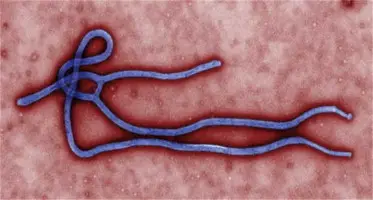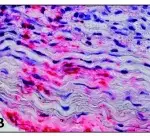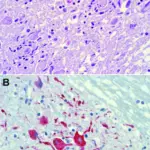Viral Hemorrhagic Fever is an infectious disease that can cause severe, and life-threatening illness.
What is the Pathology of Viral Hemorrhagic Fever?
The pathology of viral hemorrhagic fever is:
-Etiology: The cause of disease in lower case is virus, infected animals or insects.
-Genes involved: Not applicable.
-Pathogenesis: The sequence of events that lead to viral hemorrhagic fever shows deficiency of hepatic synthesis of coagulation factors owing to hepatocellular necrosis, cytokine storm, increased permeability by vascular endothelial growth factor, complement activation.
-Morphology: The morphology associated with viral hemorrhagic fever shows that the arena-, bunya-, and flaviviruses are spherical, while the filoviruses are long and filamentous. All of the hemorrhagic fever viruses are ‘enveloped’ – that is, their surface glycoprotein molecules are anchored in a lipid bilayer derived from host cell membranes.
-Histology: The histology associated with viral hemorrhagic fever is unclear.
How does Viral Hemorrhagic Fever Present?
Patients with viral hemorrhagic fever typically are all genders at the age range of 25–45 years old. The symptoms, features, and clinical findings associated with viral hemorrhagic fever include Muscle aches, Loss of strength, Exhaustion, Dizziness, Fatigue, fever.
How is Viral Hemorrhagic Fever Diagnosed?
Viral hemorrhagic fever is diagnosed by blood and urine tests.
How is Viral Hemorrhagic Fever Treated?
Viral hemorrhagic fever is treated by antiviral drug ribavirin.
What is the Prognosis of Viral Hemorrhagic Fever?
The prognosis of viral hemorrhagic fever is fair. Severe cases can cause life-threatening complications including edema, failure of organs including lungs, kidneys and brain, and internal bleeding.



